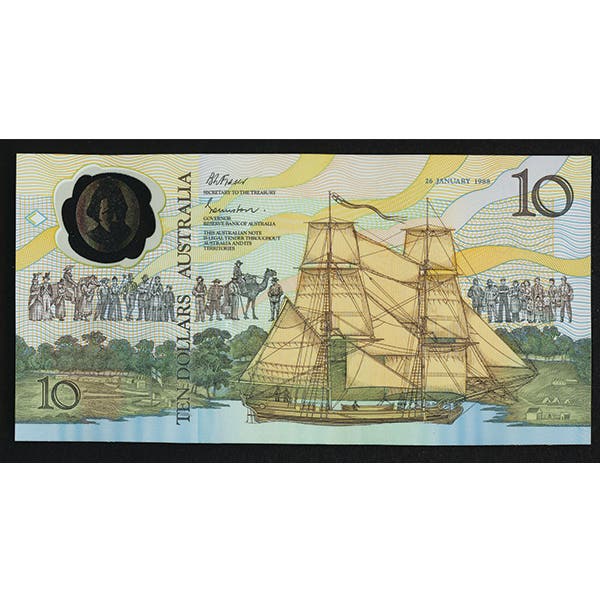1916-S half appeals for numerous reasons
Even though the 1916-S Walking Liberty half dollar is not as expensive as its low mintage might suggest, it certainly is historic. While you may not get a bargain price,…
Even though the 1916-S Walking Liberty half dollar is not as expensive as its low mintage might suggest, it certainly is historic. While you may not get a bargain price, you do get a coin with a lot to offer.
It is probably slightly surprising that the 1916-S is as available as it is today. There is always a great deal of interest in a new design, and the Walking Liberty obverse by A.A. Weinman was new to the half dollar that year. However, it was not the only new design. It was joined by the Mercury dime and Standing Liberty quarter, which might have cut into the number saved.
It must also be remembered that in 1916, a half dollar was a lot of money for most collectors. This could easily have reduced the number saved at the time the Walking Liberty was first released.
Yet another factor was that collectors of the day were often only collecting by date. While collecting by both date and mintmark was growing in popularity, it was far from universal, so those who did save a 1916 Walking Liberty half dollar might have been content with one from Denver or Philadelphia.
One of the significant attractions of the 1916-S today (along with some of the 1917 mintage) is its obverse mintmark below the word “TRUST.” That location was changed to the reverse at some point in 1917 for remaining coins produced that year and on all later dates. It makes the Walking Liberty half dollars with obverse mintmark different, although they are ordinarily not seen as a different type.
Why the location of the mintmark was changed remains unknown. We do know that the preparation of the new design in 1916 was hurried. There were three new designs that year, which had never been attempted before. We also know that both the Standing Liberty quarter and the Walking Liberty half were modified in 1917, possibly a case of finally having the time to make a few small desired changes.
Whatever the reason, the change in mintmark location has been an attraction to many over the years. It may well have produced some saving in the 1920s and 1930s as well as giving us at least some examples in various circulated grades.
Any saving of the 1916-S was important since it had a mintage of just 508,000. That seems lower today than it would have seemed back in 1916, as Barber halves from Philadelphia between 1913 and 1915 had all been under 200,000, while the 1916 Walking Liberty half from Philadelphia was at just 608,000.
That said, the lower mintage and obverse mintmark were enough to cause some to save the 1916-S over the years. Its price today in G-4 condition is a reasonable $80. All things considered, its MS-60 price of $1,600, MS-63 price of $2,420, and MS-65 price of $6,400 are also reasonable for a historic coin with a low mintage.
Grading services help to explain why the 1916-S is so reasonable in Mint State. The Numismatic Guaranty Corporation has seen 77 examples in MS-65 or better, as well as 342 examples in lower Mint State grades. The Professional Coin Grading Service reports 135 examples in MS-65 or better, while examples in lower Mint State grades total 573. These numbers support the conclusion that the 1916-S Walking Liberty half was saved.
While higher than other dates from the period, the case can also still be made that the 1916-S is a better date due to its low mintage. It is in heavy demand thanks to its place in history and to the obverse mintmark.
This article was originally printed in Numismatic News. >> Subscribe today.
More Collecting Resources
• The Standard Catalog of World Coins, 1901-2000 is your guide to images, prices and information on coinage of the 1900s.
• With nearly 24,000 listings and over 14,000 illustrations, the Standard Catalog of World Paper Money, Modern Issues is your go-to guide for modern bank notes.









